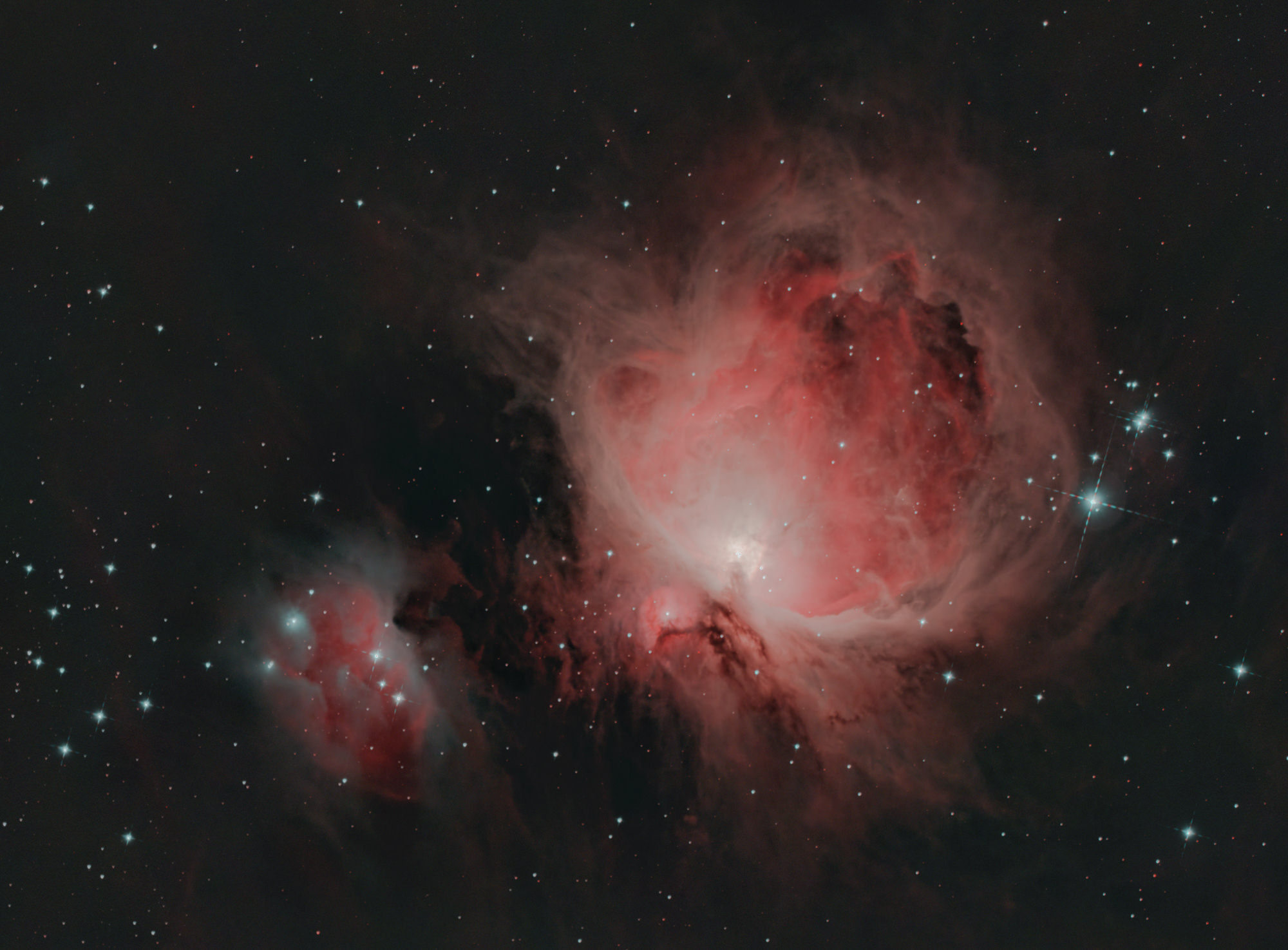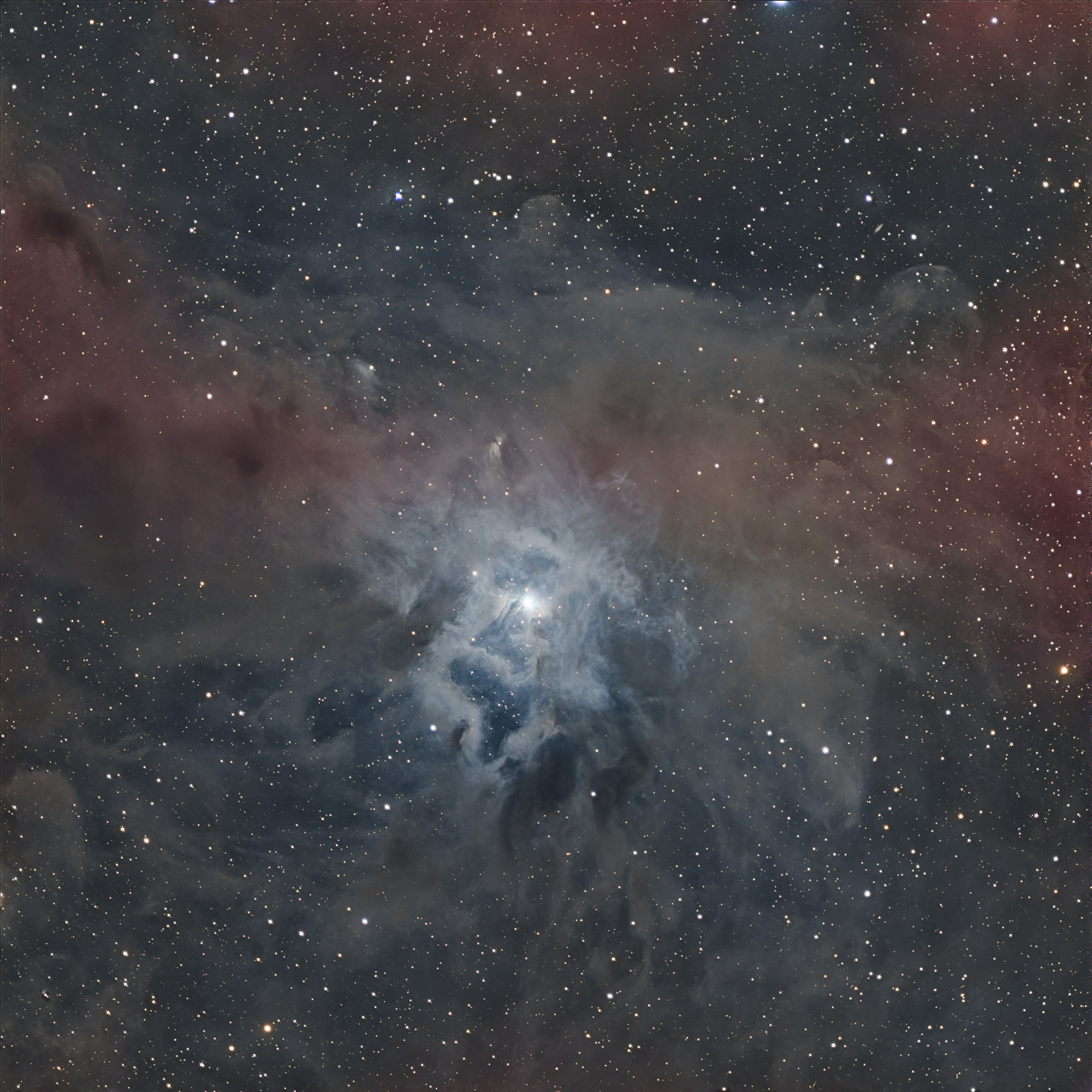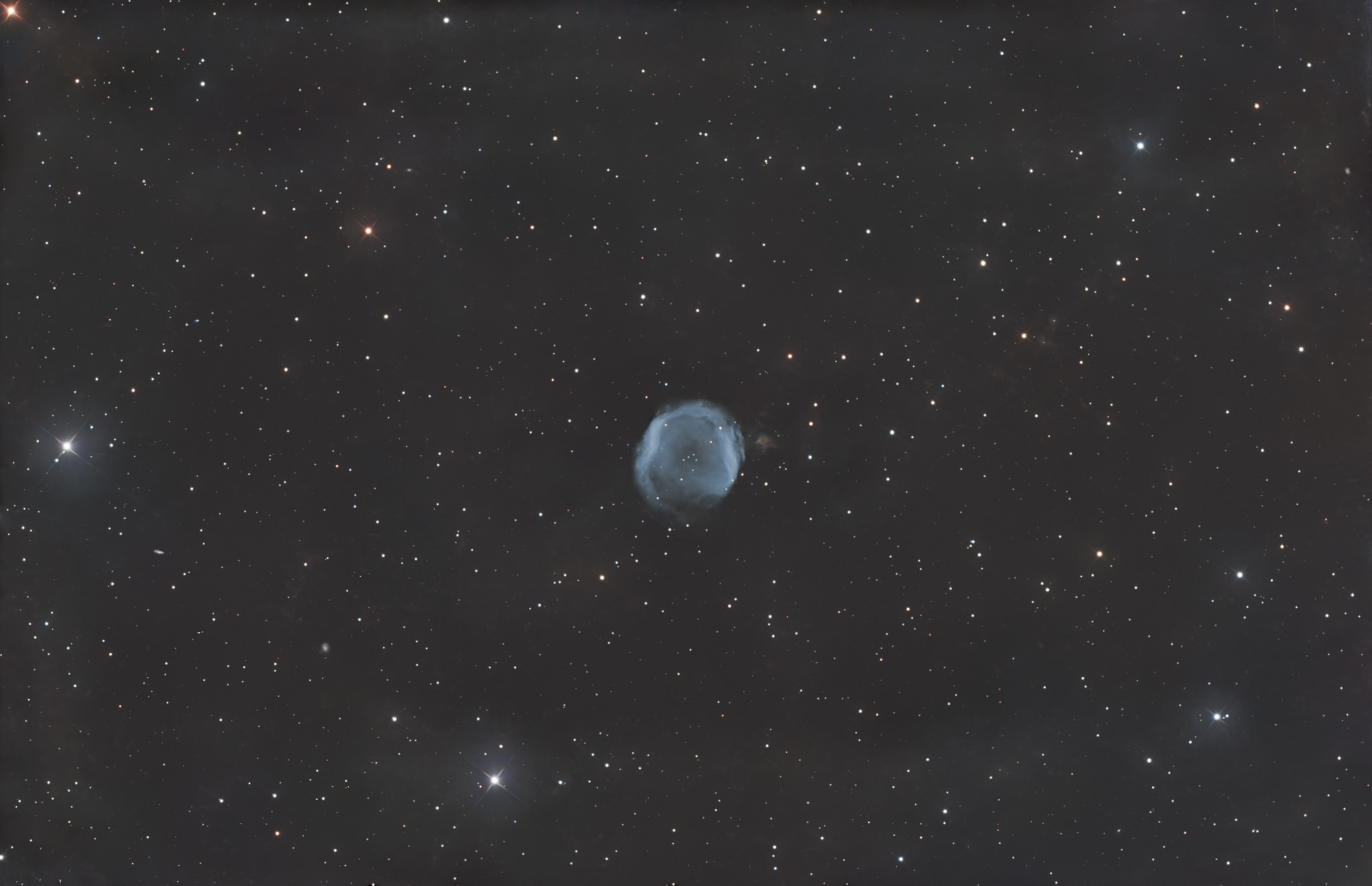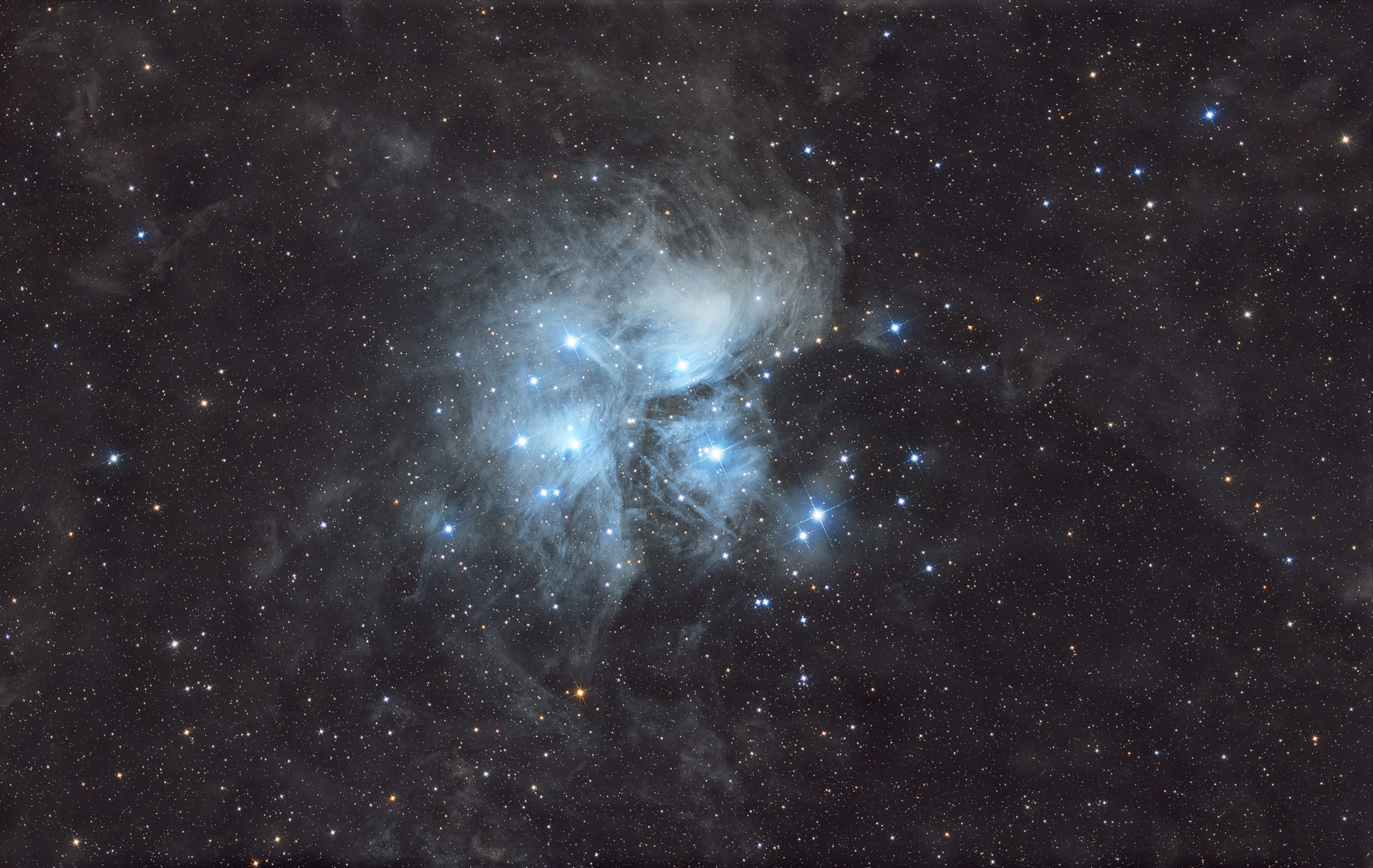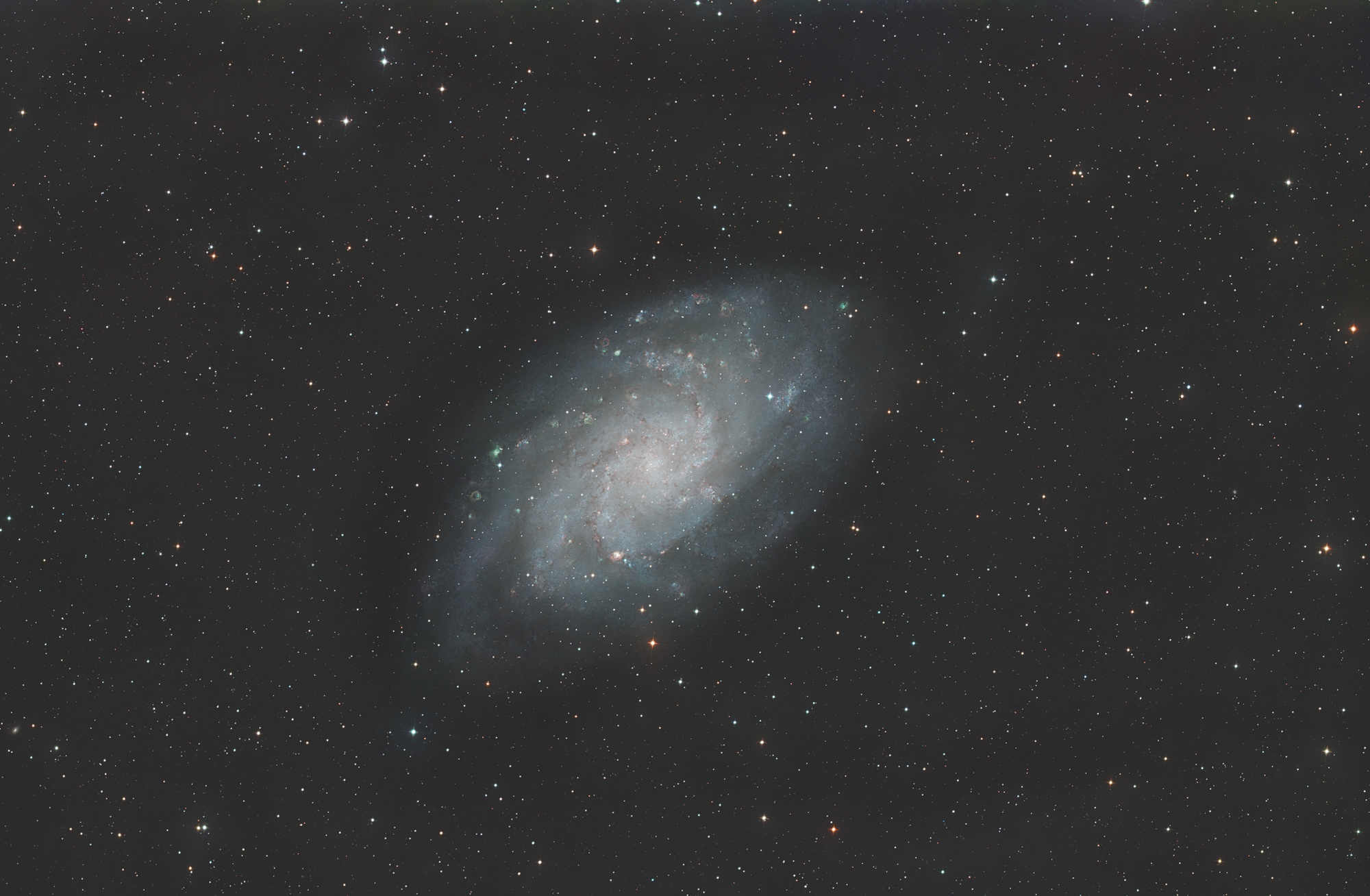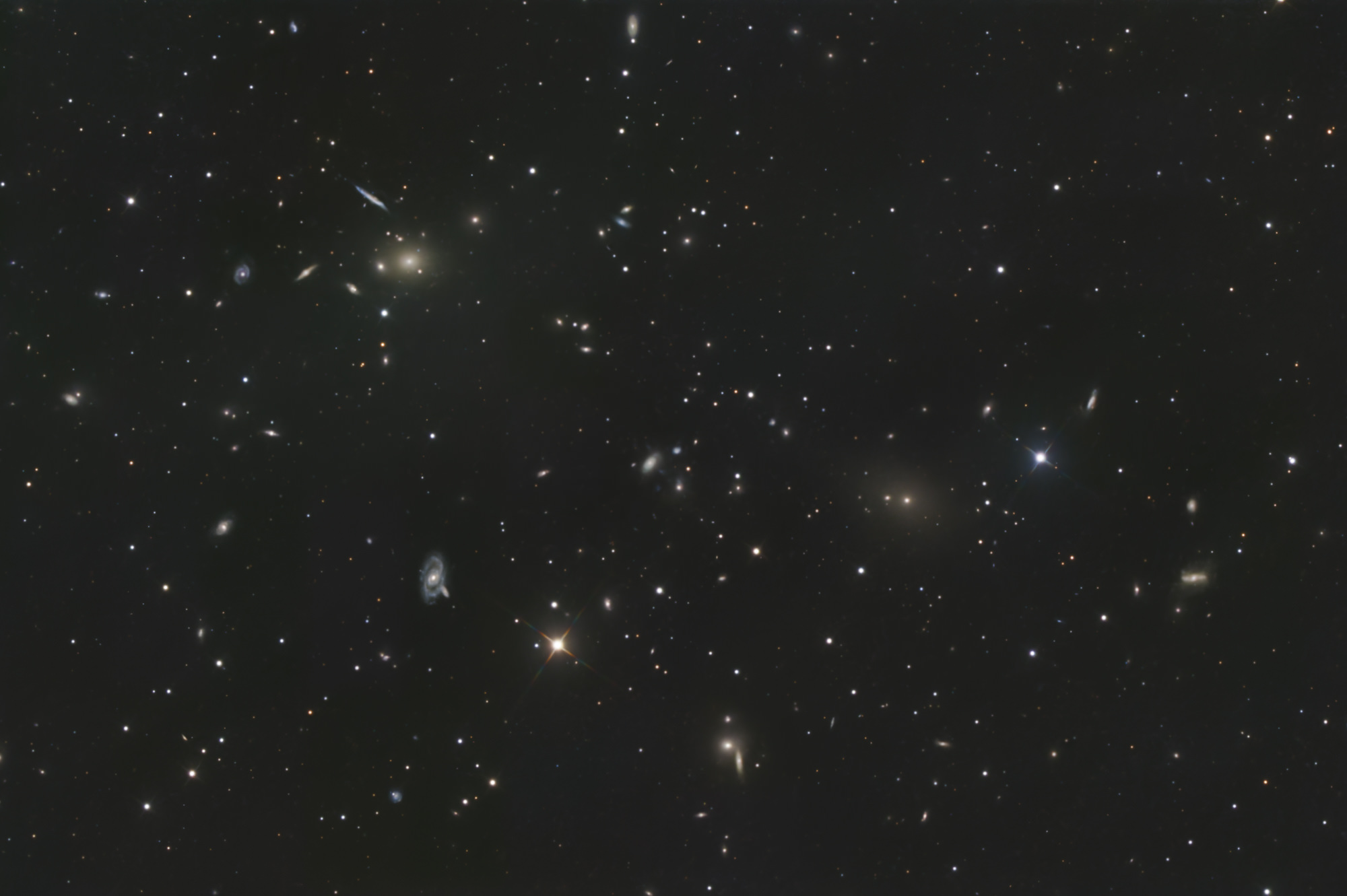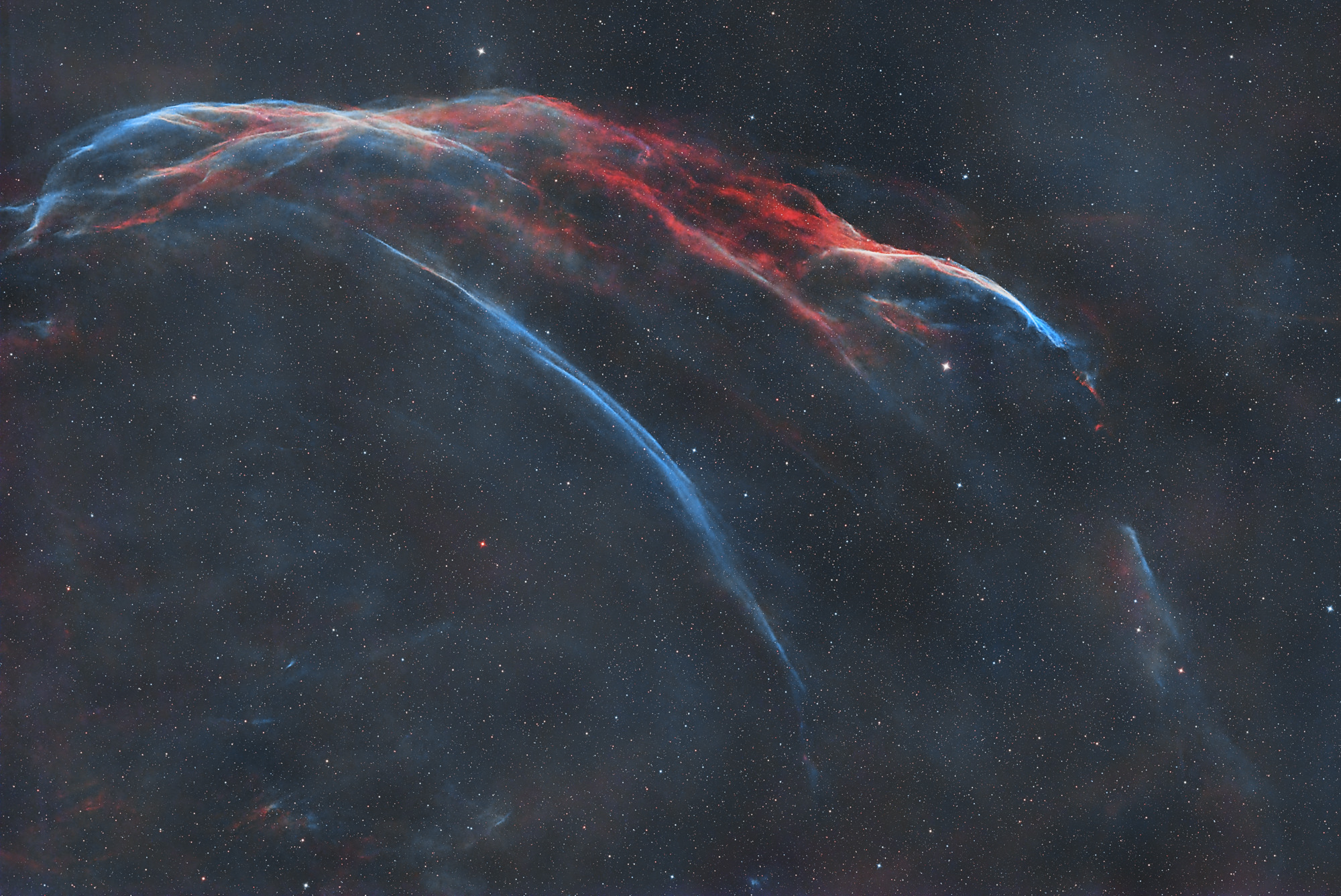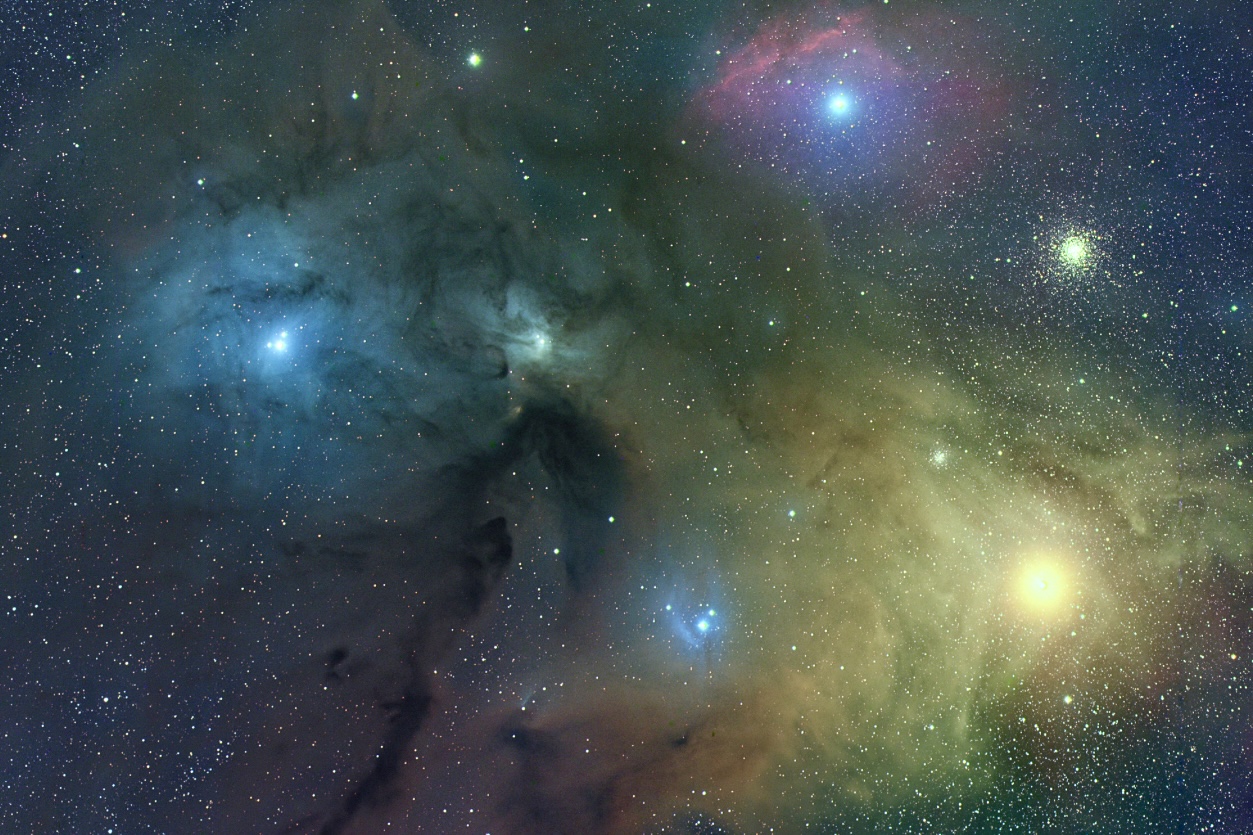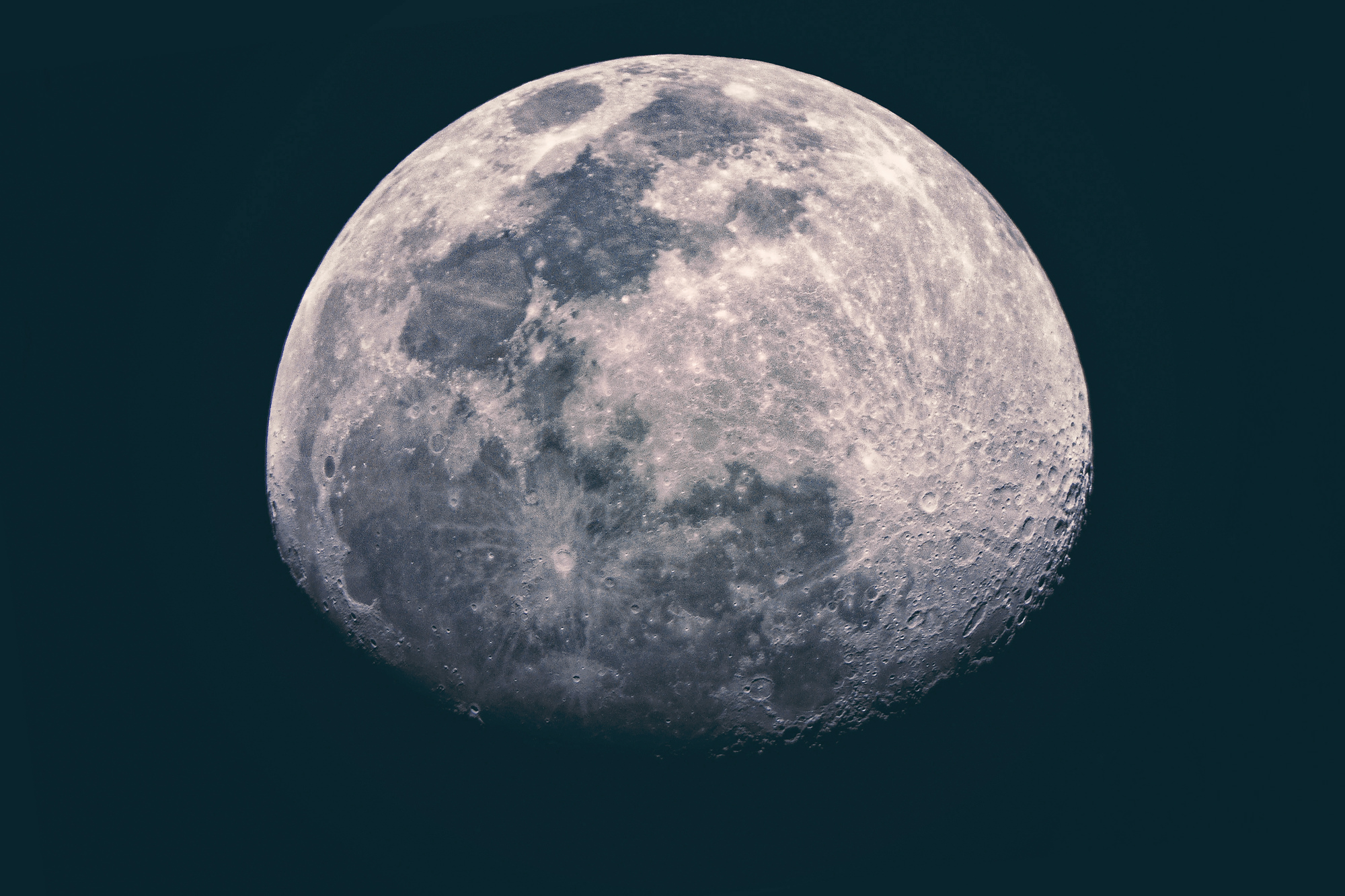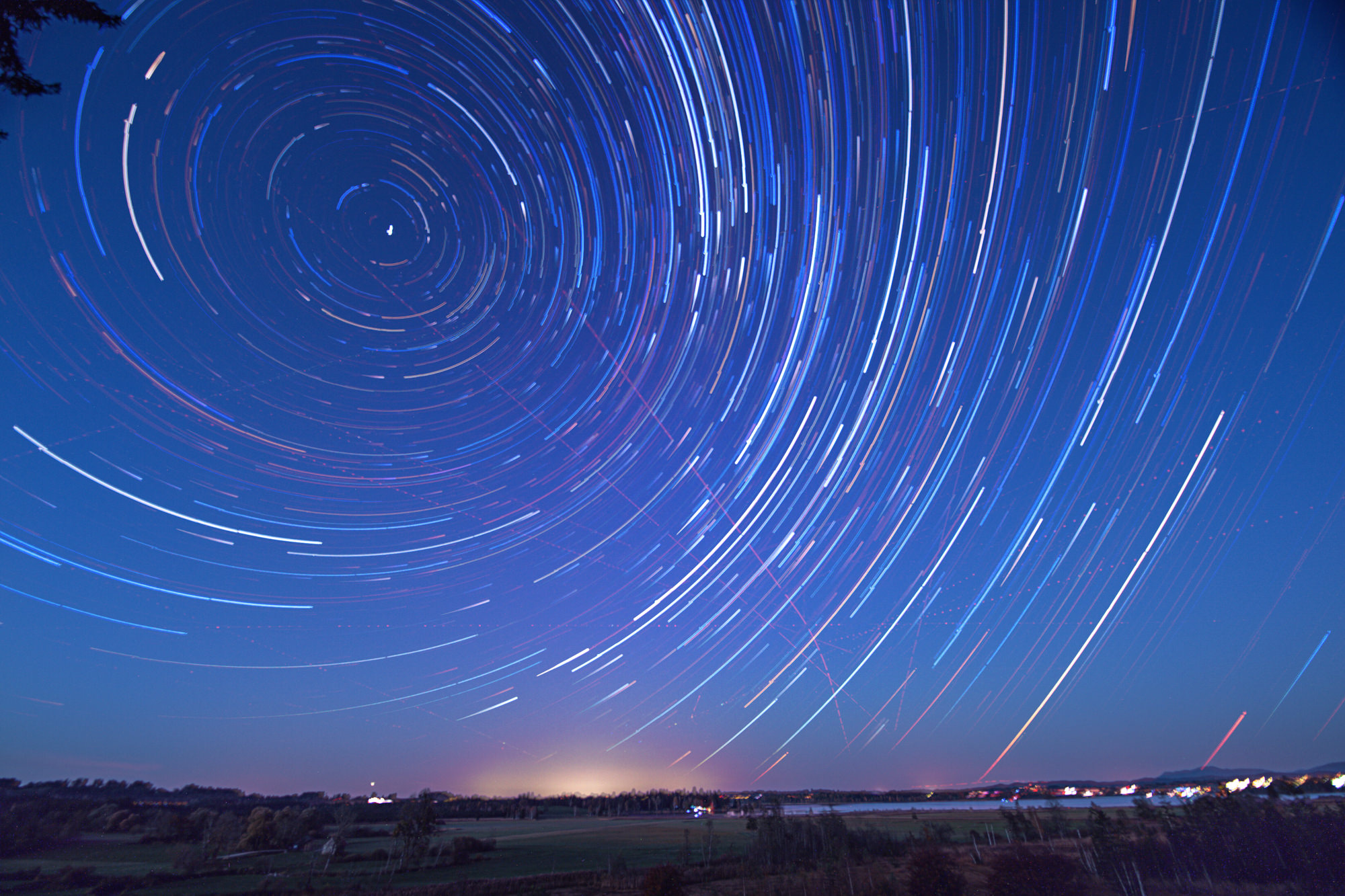Astrophotography
The universe is so vast that the light from many stars hasn't yet reached us. Therefore, we only see a small part of it from Earth. The reasons for this are:
The distance of the stars
Many stars are located at enormous distances from Earth, and light takes time to travel these distances. The farther away a star is, the longer it takes for its light to reach us.
The universe is expanding, which means some galaxies are moving away from us. This can cause light from those galaxies to be redshifted and take longer to reach us. When scientists talk about the expanding universe, they mean that it has been growing ever since its beginning with the Big Bang.
The galaxies outside of our own are moving away from us, and the ones that are farthest away are moving the fastest. This means that no matter what galaxy you happen to be in, all the other galaxies are moving away from you.
However, the galaxies are not moving through space, they are moving in space, because space is also moving.
In other words, the universe has no center; everything is moving away from everything else.
If you imagine a grid of space with a galaxy every million light years or so, after enough time passes this grid will stretch out so that the galaxies are spread to every two million light years, and so on, possibly into infinity.
The galaxies outside of our own are moving away from us, and the ones that are farthest away are moving the fastest. This means that no matter what galaxy you happen to be in, all the other galaxies are moving away from you.
However, the galaxies are not moving through space, they are moving in space, because space is also moving.
In other words, the universe has no center; everything is moving away from everything else.
If you imagine a grid of space with a galaxy every million light years or so, after enough time passes this grid will stretch out so that the galaxies are spread to every two million light years, and so on, possibly into infinity.
The universe has a certain age (about 13.8 billion years), and there are stars whose light simply hasn't had enough time to travel to us.
Meanwhile, interstellar matter such as dust and gas can scatter or absorb light on its way to Earth, which can also prevent us from seeing the light from certain stars.
A
There are technical and physical limitations to our observations. Some stars are simply too faint or too distant to be seen with our current telescopes.
Because faint stars and astronomical nebulae emit only a small amount of light, their light must be captured in numerous individual exposures to produce a high-contrast, high-detail astrophotography image. This process can take several nights.
The light from the individual shots is then added together on the computer using special software, for example PixInsight.
The following images were taken with special astro cameras, telephoto lenses with focal lengths between 100mm f/2.8 and 500mm f/4.0, a Newtonian telescope Takahashi Epsilon130 and a 8” Ritchey-Chretien Telescope.
The following images were taken with special astro cameras, telephoto lenses with focal lengths between 100mm f/2.8 and 500mm f/4.0, a Newtonian telescope Takahashi Epsilon130 and a 8” Ritchey-Chretien Telescope.
To compensate for the Earth's rotation during long exposure times, the telescope/lens must track the stars very precisely. This is done with a special motorized device, see Wikipedia Mount.
For observing and photographing the stars, a dark location with little light pollution is ideal, see Light pollution map.
